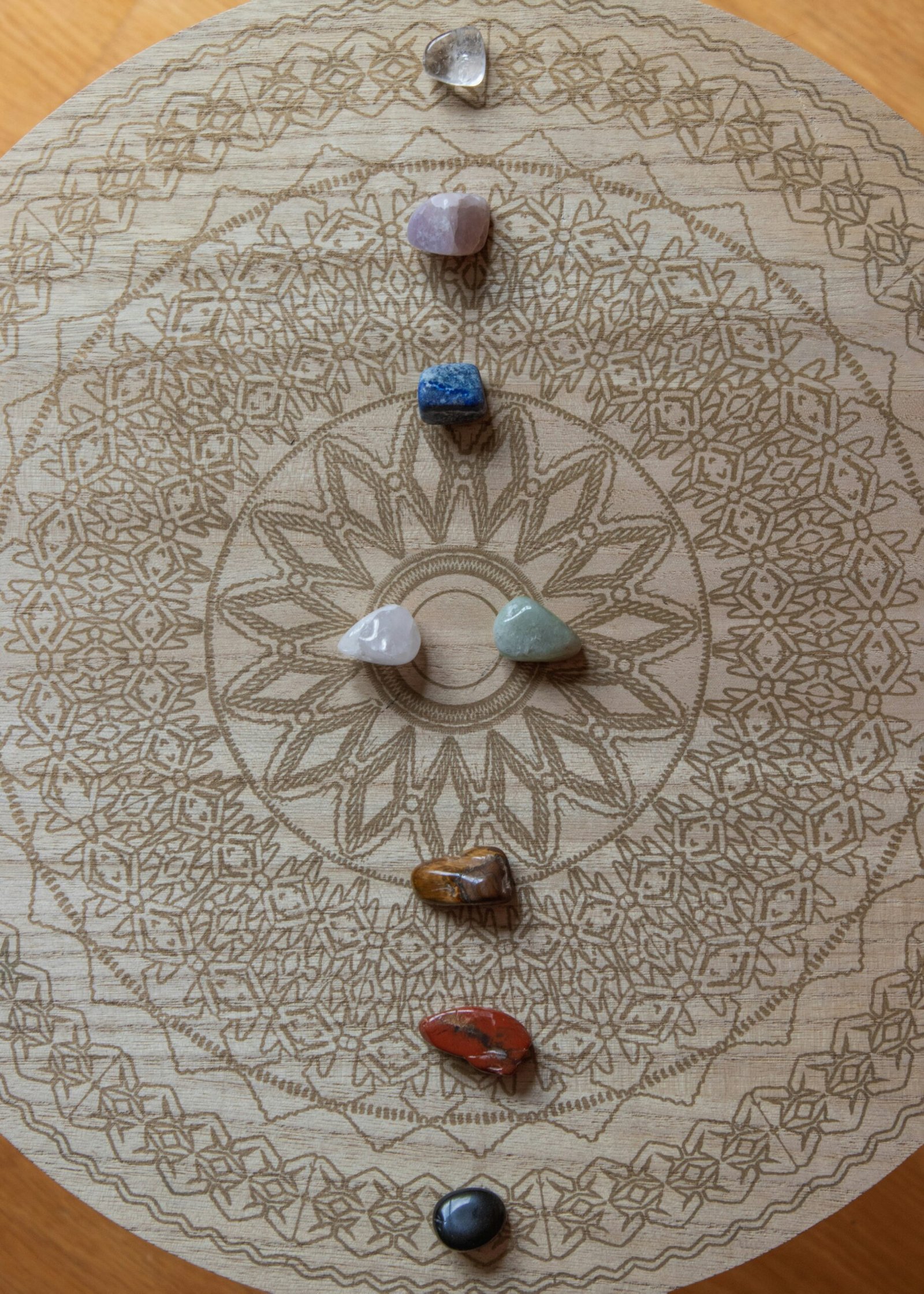Understanding Chakras: An Introduction to the Energy Centers in the Human Body
Chakras are an integral part of many ancient spiritual and healing practices. These energy centers are believed to be located along the spine, from the base to the crown of the head. Each chakra is associated with specific colors, meanings, and alignment within the human body and its organs.
The Seven Chakras: Exploring Their Colors, Meanings, and Alignments
1. Root Chakra (Muladhara):
The first chakra, located at the base of the spine, is associated with the color red. It represents our foundation, stability, and connection to the physical world. The root chakra is linked to the adrenal glands, legs, feet, and large intestine.
2. Sacral Chakra (Svadhisthana):
The second chakra, situated in the lower abdomen, is associated with the color orange. It is connected to our emotions, creativity, and sensuality. The sacral chakra influences the reproductive organs, bladder, and kidneys.
3. Solar Plexus Chakra (Manipura):
The third chakra, located in the upper abdomen, is associated with the color yellow. It represents our personal power, self-confidence, and willpower. The solar plexus chakra influences the digestive system, liver, gallbladder, and spleen.
4. Heart Chakra (Anahata):
The fourth chakra, situated in the center of the chest, is associated with the color green. It represents love, compassion, and emotional healing. The heart chakra influences the heart, lungs, thymus gland, and circulatory system.
5. Throat Chakra (Vishuddha):
The fifth chakra, located in the throat area, is associated with the color blue. It represents communication, self-expression, and the ability to speak our truth. The throat chakra influences the throat, neck, thyroid gland, and respiratory system.
6. Third Eye Chakra (Ajna):
The sixth chakra, situated in the middle of the forehead, is associated with the color indigo. It represents intuition, inner wisdom, and spiritual awareness. The third eye chakra influences the brain, eyes, pituitary gland, and nervous system.
7. Crown Chakra (Sahasrara):
The seventh chakra, located at the top of the head, is associated with the color violet or white. It represents our connection to the divine, higher consciousness, and spiritual enlightenment. The crown chakra influences the brain, pineal gland, and the entire body.
Aligning the Chakras: Balancing and Harmonizing the Energy Centers
When the chakras are balanced and aligned, it is believed that the energy flows freely throughout the body, promoting physical, emotional, and spiritual well-being. There are various practices and techniques that can help align the chakras, such as meditation, yoga, sound healing, and energy healing modalities like Reiki.
By focusing on each chakra individually, one can bring awareness to any imbalances or blockages and work towards restoring harmony. This can be done through visualizations, affirmations, and specific exercises tailored to each chakra.
Conclusion
Understanding the chakras and their significance can provide valuable insights into our overall well-being. By exploring the colors, meanings, and alignments of each chakra, we can gain a deeper understanding of ourselves and our connection to the world around us. Aligning and harmonizing the chakras can lead to a more balanced and fulfilling life, both physically and spiritually.






Leave a Reply